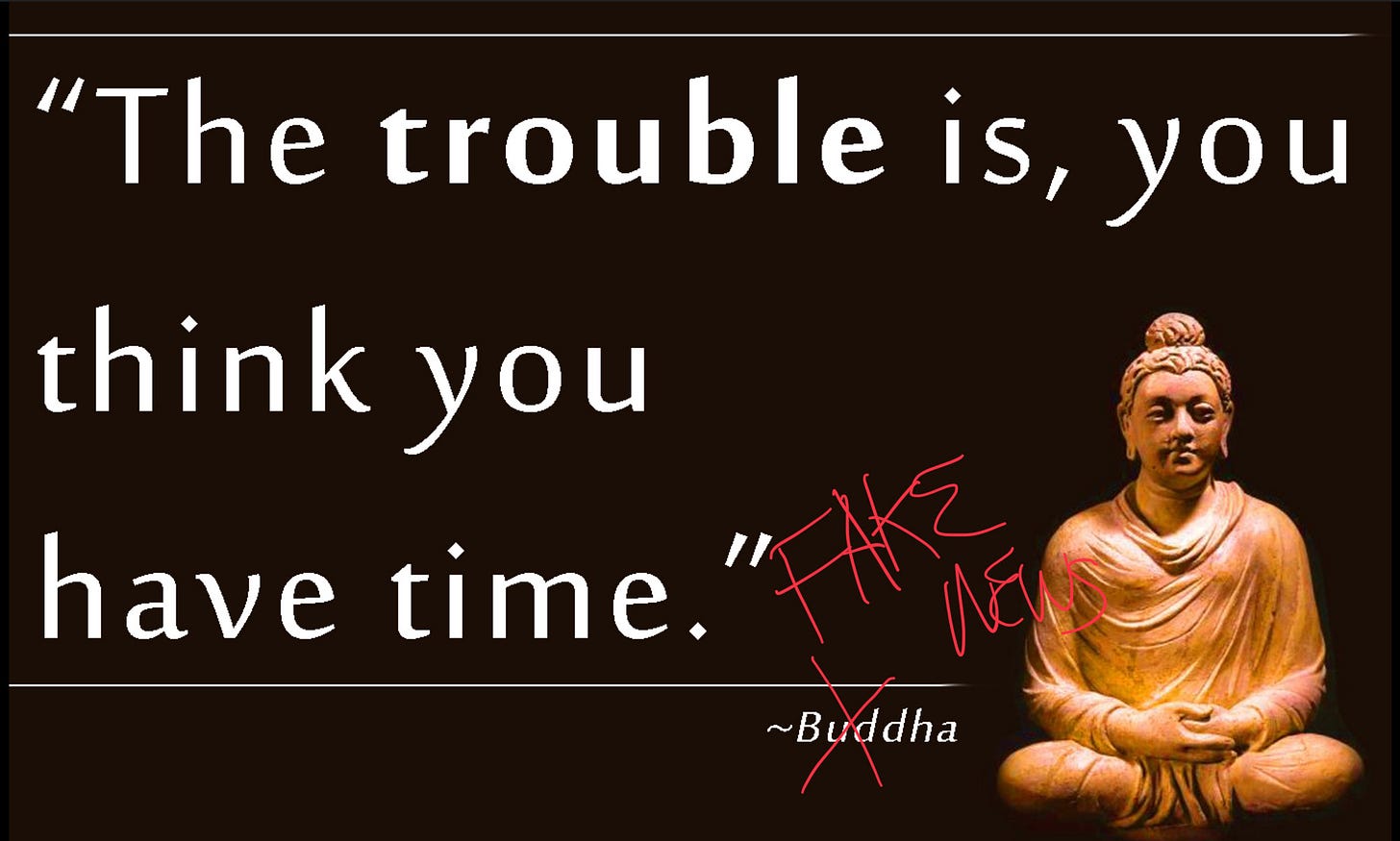~ 𝕱𝖑𝖚𝖝 𝕮𝖔𝖉𝖊𝖃 ~ Issue (29) ~ Why long workouts are less effective: FATIGUE…and what to do about it
Flux fam: I’m chiming in after a hiatus on a day of horrible news in regards to steaming dump Trump just took on this country passing this bill: the physiological concept of FATIGUE, and how it impacts our health and our ability to get in shape and stay in shape. you may have noticed that I’ve been a little quiet lately. I just ground through a grueling wave of clinical midterms, and needed to keep my head down in my studies and the needs of my long term clients. I’m currently in an intense investment phase of my business—my physical therapy doctorate takes up nearly all of my free time 7 days a week with, I’m learning so much as such a dizzying pace: everything from pulmonary and cardiac pathologies, to the proper uses of e-stim and wound care in electrotherapy, to how motor control theories like visual occlusion play a role in teaching patients how to walk again post stroke.
The newsletter format allows me to share glimpses into these studies offer practical applications relevant for busy working people tryna stay fit in dark times like these. I went back to school at the age of 34 to tackle a 7-8 year med school degree because I believe that fitness is truly one of the most militant form of resistance we have going into a period where access to healthcare is being demolished and privatized in what is likely to be the largest transfer of wealth to the 1% of insurance lobbyists and ruling oligarchs to date. Fitness has always been, and is going to be even more so the most anarchic, most empowering and autonomous gift we can give ourselves and our communities. I greatly appreciate the interest of my paid subscribers during my continuing education grind.
SO, FATIGUE: why you’re so gotdamn tired all the time and use the phrase “my last two braincells” more often than you’d like to admit. Congratulations: you live in 2025. A constant barrage of digital detritus bombards your phone, laptop, iPad…pretty much any device just shy of a half dead Tamagotchi. The noise level pervades nearly every minute of your precious 16 waking hours a day…hours of your life that you’ll never get back, gone forever. Not even your Microsoft dashboard is safe from the latest dumbass Trump vomitus. Your reels feed is a war zone of ads for ill fitting t-shirts from struggle brands that will be gone in 6 months, gooncel targeted clickbait slop, ragefluencer dramagasms, and plenty of cute animals (thank mf god for at least that). Genocide is broadcasted daily, paid for by our tax dollars. All of this is stimuli our nervous system has to chug neurons to process. There is a cost to this in regards to the energy we might devote into more nourishing aspects of our lives and our communities: all of this cacophony generates some level of fatigue. There’s a (fake) buddhist proverb for this: “The trouble is, you think you have time”.
What does this have to do with getting in shape? WHAT THEY DON’T TELL YOU ABOUT WEIGHTLIFTING: the single most important concept we need to embrace is the sustenance of our nervous system to mitigate fatigue. It is the make-or-break concept that can mean working out for months, even years, and not seeing or feeling progress in body composition, strength, athleticism, even flexibility. This is antithetical to the “more is more” super-size me McLifting maximalism that most of us reading this grew up with in the 80’s, 90s and 2000s…the last decades of so called “American exceptionalism”. The point of contention this article focuses on has to do with the concept of ‘volume’ in exercise terminology. Volume is the total amount of work performed in a training session, over a week, or across a training cycle. Volume, is the idea that more is always better. High reps, high sets, simply brutalizing the body until we’re too sore and exhausted to train any longer. The problem is, we live in a society of more of…everything turned up to 11 on the excitation dial all the time already. The key to managing fatigue in our training is embracing the fact that some level of it is inevitable. Our nervous system is under constant excitation processing auditory, visual, and sensory stimuli at all times, including while we sleep. Light hitting our retinas generates a certain level of fatigue. Digestion, even the simple autonomic act of breathing. To fatigue is to be alive, which is to embrace the reality that we are not superheroes. We can only train as hard as we can rest and recover.
in exercise physiology terminology, volume is often quantified by:
Total weight lifted (load × reps × sets)
Or total repetitions completed across sets in one day.
Or total duration of time working the same musculature on the same day.
Or the total duration of time training within the same modality over a week (total amount of time spent doing cardio vs weights etc).
We grew up in an era of ‘sweatsensationalism’, messaging that told us we didn’t train hard enough if we weren’t completely destroyed by the end of the workout. The problem with this idea is that is both inefficient as a lifestyle and has detrimental physiological effects. How many hours a week do you realistically have to wash your hair after a sweat drenched cardio session? Transition from a grueling run right into a Zoom meeting at 9am? Somehow spend two hours at the gym you can steal those away from your kid, or finish work in time to go workout and then go on a date? Intensity is important, however. We need to train smarter and harder, but it needs to be in a way that doesn’t completely deplete our battery so we can show up more often throughout the week. This especially also means not training as long as we might think within a single workout. There are rarely any good reasons to workout for longer than 50 mins to 1 hour, assuming we are airtight in setting up and breaking down equipment during our rest periods, have a well designed workout program, etc (which should be the goal when we train if we want to make any kind of lasting progress). The exception is for those training for long races, so I’ll leave endurance training out of this conversation and focus mainly on training for hypertrophy, strength, or mobility.

'Rose bleed,' 2003, Gabriele Horn and Ruth Ronen, 2008
Thankfully, frequency is what maters more than total volume. Frequency is how often we train different muscle groups spread out across a week instead of more time working the same muscles on the same day. I have some days where I only lift weights for a mere 15 minutes: 2 sets total of lunges, 2 sets of calf raises, and 2 sets of glute bridges (all with very heavy weights) done as warmup before going for a 25 min run. This breaks up my overall weekly training volume in a much more economical use of time, netting me both mobility and hypertrophy gains. I’ll train the rest of the muscle groups in my legs across 2-3 other full body days. This is much more efficient than doing an hour of entirely legs—often with lighter weights—because the long duration ends up fatiguing us, reducing how much we could lift if we did less volume. This bears the next question: But but but…isn’t that 15 minutes like…not enough? No. Science time….
Central nervous system (CNS) fatigue during weightlifting primarily involves reductions in the central drive from the brain through the spinal cord to motor neurons—the cable that ‘zaps’ the meat (muscle) with an electrical charge to get it to contract (move). Prolonged or intense training leads to altered excitability of cortical (brain processing) areas, reducing firing rates of these neurons, and increased activity of inhibitory circuits (nerves that tell muscles to chill). This results in decreased descending output through the spinal cord, lowering the ability to sustain maximal voluntary contractions against resistance (weights). Additionally, the brain’s integration of sensory feedback (think: noise through the net sum of all of the joints in the body and skin receptors making contact with whatever is moving) can reduce motor output (think: a million trump news notifications happening over a cascading flow of microseconds), effectively reducing how much we can lift. Psychological factors, such as reduced motivation and perceived effort, are also processed at higher CNS levels, contributing to central fatigue. This means that psychosomatic stressors (hello stress, the news, the date that ghosted you) also drain our CNS.

Motor unit recruitment (how many muscle fibers we can ‘turn on’ to lift a barbell) also follows a physiological law called Henneman’s size principle, which states that smaller, fatigue-resistant motor units (slow-twitch, usually postural and smaller muscles) are recruited first, with progressively larger, more powerful, but fatigue-prone fast-twitch motor units (bigger, more powerful muscles like quads) engaged last as load demands increase. During intense or prolonged lifting, peripheral fatigue within the muscle itself occurs due to reduced excitability at the neuromuscular junction (dampening the strength of the electrical impulse ), all of which diminish the muscle fiber’s contractile capacity. All of this reduces our overall force output, meaning…long workouts basically water down our individual exercises.
Then there’s the other part of fatigue which is more related to the metabolic (energy system) debt accumulated through long, inefficient workouts. During repeated or high-intensity contractions, the rapid hydrolysis (breakdown) of ATP leads to an accumulation of metabolic byproducts such as inorganic phosphate (Pi), ADP, hydrogen ions (H+), and lactate (waste products). Excess H+ from anaerobic glycolysis (our fastest, heaviest movements) lowers intracellular pH (making the body more acidic) which also depresses enzyme activity and disrupts excitation-contraction coupling (muscles don’t contract as easily). During weightlifting or any form training, our muscles need a steady supply of energy in the form of ATP (the main fuel source cells use) to contract and generate force. This energy primarily comes from breaking down glycogen, which is the stored form of glucose in our muscles. This is mostly derived from carbs, and is the reason why you have shitty workouts that don’t build muscle on keto or other low carb diets. Once glycogen is broken down into glucose, it enters glycolysis to produce pyruvate, which then feeds into the Krebs cycle within the mitochondria (cell factory). As you continue lifting, your glycogen stores gradually become depleted, providing less fuel for this cycle and leading to reduced ATP production. Creatine is the stored form of phosphate needed to power quick contractions, and is why every fitfluencer on earth suggests we take it. Additionally, intense exercise can cause a buildup of byproducts of lactate when the body relies more on glycolysis without adequate oxygen, contributing to the burning sensation and muscle fatigue. We may mistake this burning to mean: wow I’m training so hard I must be building muscle! The reality is this is just a result of a muscle crapping out as a result of a hitting an endurance threshold. There is no direct relationship between hitting this threshold and muscle growth. We will build muscle more effectively with fewer, sets, fewer reps, but with heavier weights because we will reduce the fatigue and muscle damage both within the workout and in the following days. We can build muscle in as one set taken to failure, and is why I have most of my clients do no more than two working sets (not including warmup sets) per exercise. Instead, I encourage them to utilize progressive overload (increasing the weights as often as safely possible), and to workout more frequently throughout the week, in shorter, more intense workouts, typically in the 40-50 minute range.






